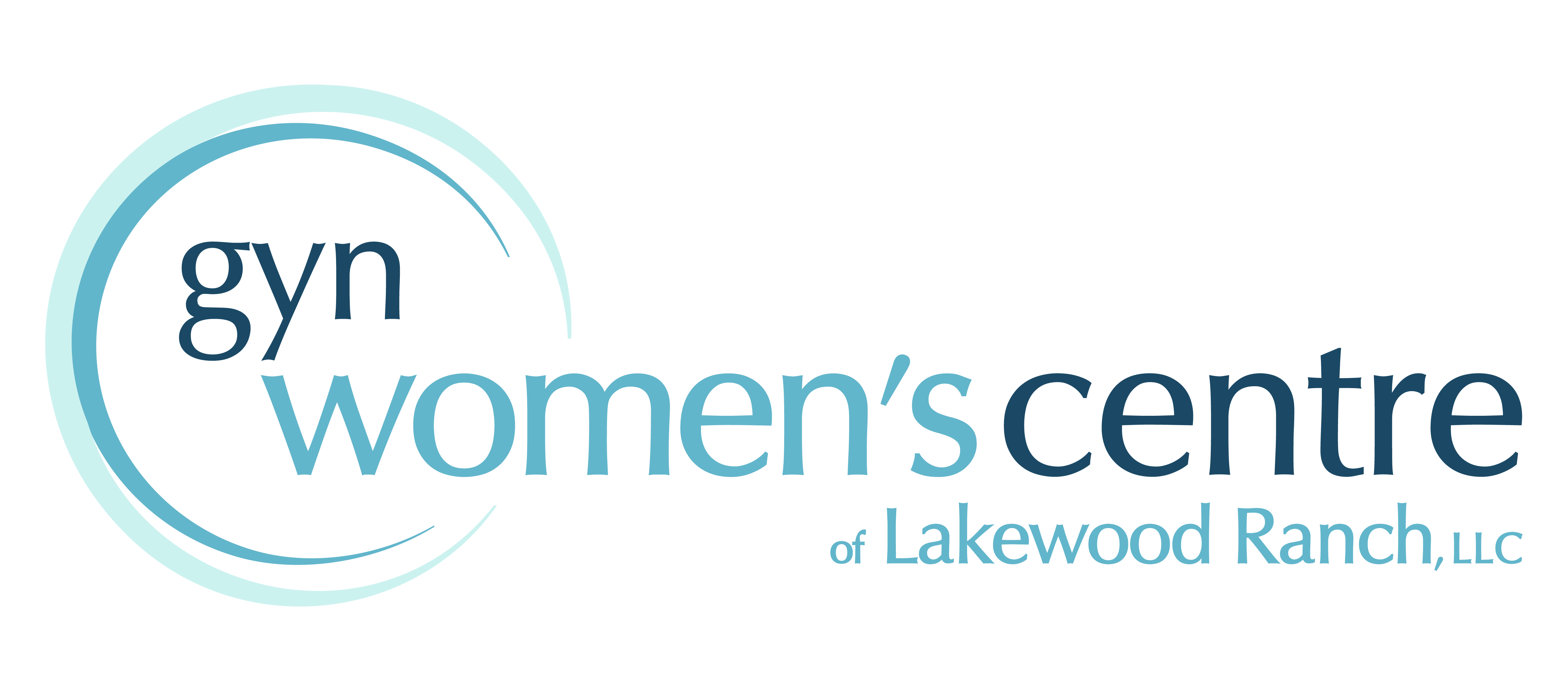The modern world comes with lots of technology and conveniences. Instant gratification is expected on a daily basis. Long to-do lists are commonplace. And — unfortunately — the incidence of malignancies and other health conditions have skyrocketed. In 2019 alone, there were more than 1.7 million new diagnoses and 606,880 deaths. Therefore, no matter how busy you may be, it’s crucial to schedule regular screenings. Early detection could save your life. But, among so many different types of screening procedures, it’s easy to become confused as to what each of them does. Such is the case with breast ultrasounds.
What is a breast ultrasound?
One of the typical screening procedures for preventive care for women is the mammogram. Women who are 45 years of age or older — or younger if you’re at a higher risk of breast cancer — should schedule annual mammograms appointments. These consist of standing in front of an x-ray machine and placing your breasts between two metal plates. The plates are then pressed to flatten the breasts. This is done to get clear x-rays of breast tissue.
If your x-ray results are abnormal, your doctor will order additional testing to determine whether visible lumps are cysts or malignant tumors. This could be in the form of a CT scan or breast ultrasound. There are also other reasons for recommending breast ultrasounds, including:
- Unusual nipple discharge
- Mastitis
- Breast pain, redness, and/or swelling
- Skin changes
- Monitoring benign breast lumps
- Ultrasound-assisted breast biopsy
Breast ultrasounds — also known as sonography — produce imaging using sound waves. They are non-invasive, safe, painless, and do not require radiation — making it an ideal screening alternative for women who are pregnant or breastfeeding or who are under the age of 25. Ultrasounds could also be scheduled to take place at a hospital’s radiology department or at a private clinic.
How To Prepare For a Breast Ultrasound
Preparation for a breast ultrasound is minimal. However, there are several things you can do to make the examination more comfortable and efficient. These include:
- Avoid applying moisturizer. Lotions and powdered makeup on your breasts could interfere with imaging and reflect inaccuracies.
- Wear comfortable clothes. You will have to undress from the waist up, so opt for something that’s easy to take off and put back on.
- Bring a friend. This is not necessary, but you can do so if it makes you feel more comfortable during the procedure.
How is a breast ultrasound performed?
The healthcare provider conducting the breast ultrasound will apply a gel on your breasts and use an instrument — called a transducer — to transmit high-frequency sound waves. These sound waves travel from the transducer into your body. The transducer will then collect the sounds that bounce back.
A computer will utilize those sound waves to create images of what the inside of your breasts looks like. This means you’ll be able to see everything in real-time on a video display attached to the transducer. If the lumps on your breasts look darker and homogenous, they are likely cysts, which are benign. If it’s lighter and/or has jagged edges, it could be a cancerous tumor — in which case, a biopsy will be necessary.
OB-GYN Women’s Center Can Provide Treatment
At OB-GYN Women’s Center, we understand that when faced with infertility, things can get heartbreaking and overwhelming.
Contact us to schedule an appointment. Let’s discuss your options and find out the best course of action for you.




